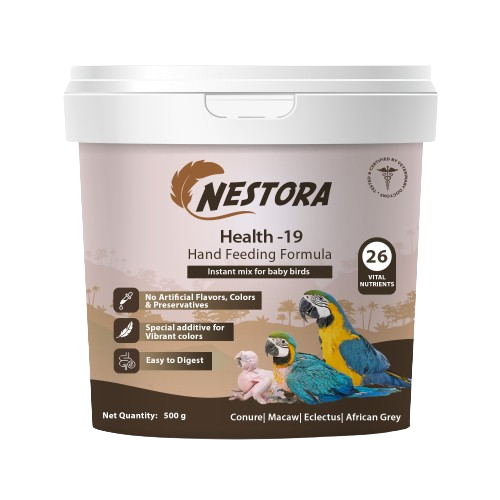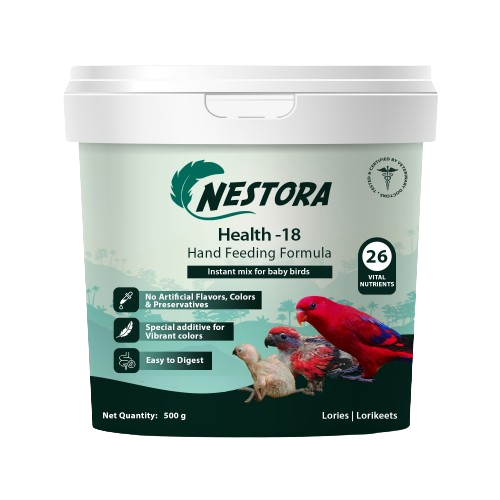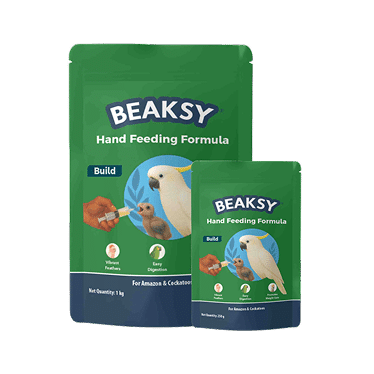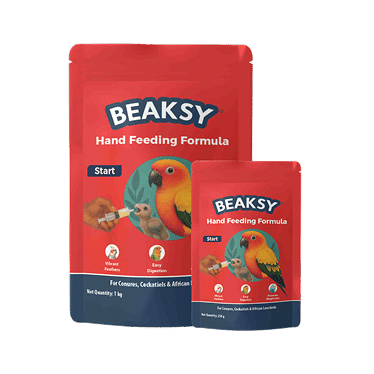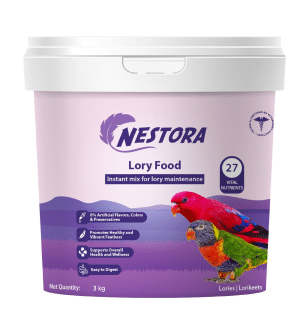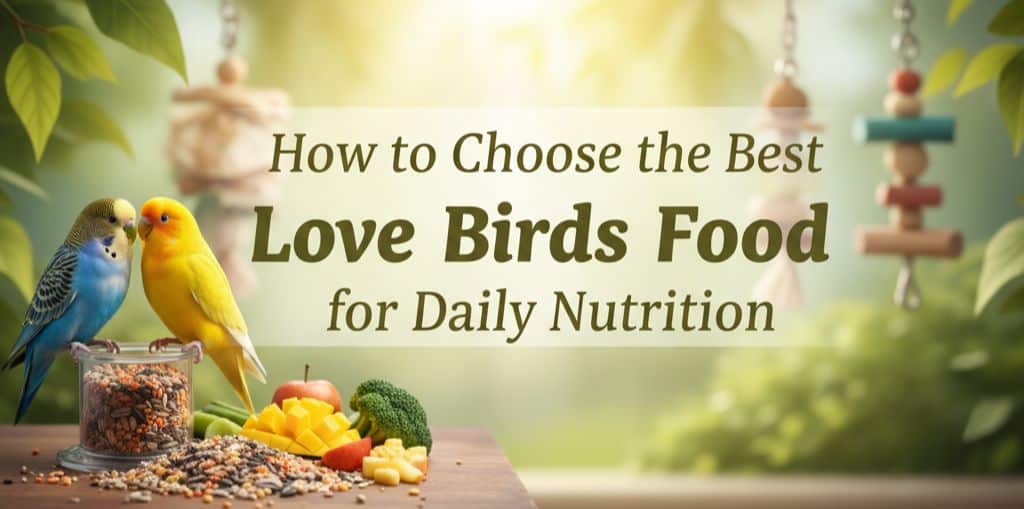How to Choose the Best Love Birds Food for Daily Nutrition
Love birds food is more than just a daily meal-it is the foundation of their health, vitality, and joyful behavior. Providing the right nutrition ensures your feathered companions thrive, whether you are a beginner bird owner or an experienced enthusiast. These colorful, affectionate birds respond positively to a diet that supports their energy, feather growth, and immunity.
Selecting the best love birds food is essential for their overall well-being. It helps prevent malnutrition, keeps their feathers shiny, and ensures long-term happiness. In this guide, we will explore expert-recommended food options, feeding routines, care tips, and best practices using Beaksy as prime example of high-quality nutrition.
Why Nutrition is Vital for Love Birds
Proper nutrition is the cornerstone of a love bird’s health. Feeding only seeds can lead to nutrient deficiencies and behavioral issues. A balanced diet for love birds should include:
- High-quality pellets and seeds
- Fresh vegetables and fruits in moderation
- Adequate water for hydration
- Occasional supplements for special needs
The right love birds food supports not only physical health but also mental stimulation and playfulness, keeping them active and vibrant throughout the day.
Beaksy: Reliable Daily Nutrition
For everyday feeding, Beaksy offers consistent care, balanced support, and dependable nutrition. It is specially designed to meet the daily needs of love birds without compromising on quality. Beaksy provides a reliable foundation for your bird’s diet, ensuring proper energy levels, feather maintenance, and general vitality.
New bird owners find Beaksy particularly useful because it is easy to feed and trusted for consistent nutrition, keeping your birds healthy and happy day after day.
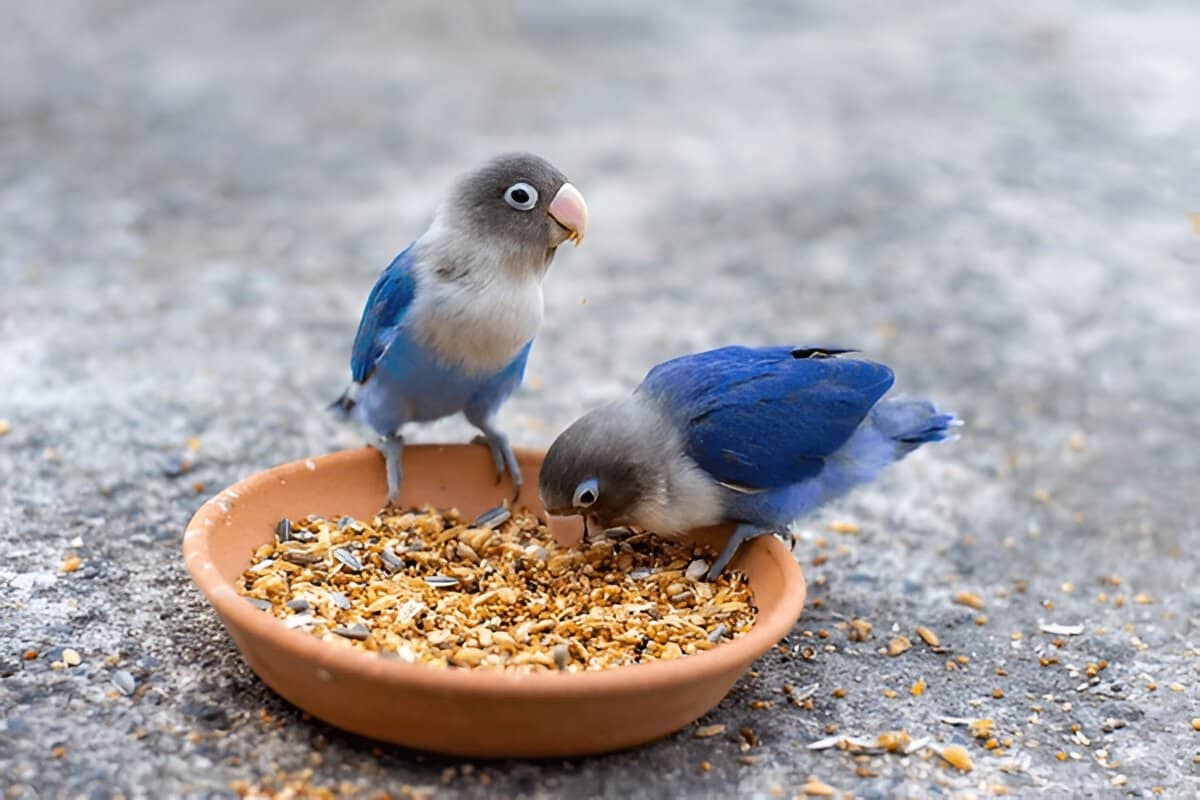
Daily Feeding Routine for Love Birds
Maintaining a consistent feeding schedule is essential for health and behavioral stability. A general routine looks like this:
|
Time of Day |
Feeding Routine | Example Food Options |
|
Morning |
Main Meal |
Pellets with fresh greens |
|
Afternoon |
Light Snack |
Seed mix or millet spray |
|
Evening |
Small Portion |
Chopped vegetables or fruit |
| Night | Fresh Water |
Clean, filtered water before rest |
A structured feeding routine ensures your love birds receive balanced nutrition while preventing overfeeding or nutrient gaps.
Best Practices for Love Birds Food
To maximize the benefits of their diet, keep these practices in mind:
- Freshness is key: Replace uneaten food daily.
- Avoid harmful foods: Chocolate, caffeine, avocado, and alcohol are toxic.
- Clean feeding bowls regularly: Prevents bacteria and infections.
- Rotate food options: Seeds, pellets, and fresh items keep birds interested and healthy.
By following these simple steps, your love birds will thrive and display their natural curiosity and liveliness.
Adding Variety to Diet
While a basic seed and pellet diet is essential, variety adds nutrition and excitement. Incorporate:
- Fresh vegetables like carrots, spinach, and broccoli
- Fruits such as apples, papaya, and berries (moderation is key)
- Herbs like coriander and basil to stimulate appetite
Rotating food items encourages natural foraging behavior and prevents selective eating. Love birds food with variety enhances mental and physical well-being, promoting stronger immunity and energy.
Seasonal Feeding Adjustments
Love birds have different nutritional needs throughout the year:
- Molting season: Increase high-protein foods to support feather regrowth.
- Breeding season: Offer calcium-rich foods such as leafy greens and cuttlebone.
- Summer: Hydration is essential-introduce water-rich fruits like cucumber.
- Winter: Slightly increase calorie intake using nutrient-rich seeds and pellets.
Adjusting love birds food based on seasonal requirements keeps them strong, healthy, and active.

Engaging Feeding for Smart and Active Love Birds
Feeding time can be more than just a routine-it can be a source of fun and learning for your love birds. Along with offering nutritious love birds food, introduce creative ways to keep their minds active. You can scatter small bits of food around their cage, hide treats inside paper cups, or use simple foraging toys that make them work for their reward. These playful challenges encourage curiosity and natural problem-solving instincts. A varied love birds food plan combined with mental activities not only supports their physical growth but also keeps them emotionally balanced and cheerful. Regular interactive feeding helps your birds stay lively, alert, and closely connected with you.
Recognizing Good Nutrition in Love Birds
Signs that your love birds are thriving include:
- Glossy, vibrant feathers
- Energetic and playful behavior
- Bright, alert eyes
- Healthy weight with no excessive fat
- Regular, normal droppings
Monitoring these indicators helps ensure your birds receive optimal nutrition and care.
Expert Tips for Love Bird Care
- Bond through feeding: Hand-feed safe treats to strengthen trust.
- Provide chew toys: Encourages mental engagement.
- Offer perches and activity areas: Supports exercise and digestion.
- Adjust diet seasonally: Meet changing nutritional needs during molting or breeding.
- Interactive feeding: Sitting with your birds during meals reduces stress and promotes social bonding.
Feeding is not just about nourishment; it is an opportunity to build a stronger connection with your feathered friends.
Conclusion
Feeding love birds is a responsibility that goes far beyond filling their bowls. By choosing right food for consistent, daily nutrition, you ensure that your feathered companions enjoy long, happy, and healthy lives.
FAQs
Q1: What is the best love birds food for daily feeding?
The best love birds food is a mix of pellets, seeds, and fresh fruits for balanced daily nutrition.
Q2: Can I give fruits and vegetables to my love birds?
Yes, fresh fruits and vegetables in moderation are healthy and safe.
“A well-fed bird sings not just with its voice, but with its heart.” 🕊️

